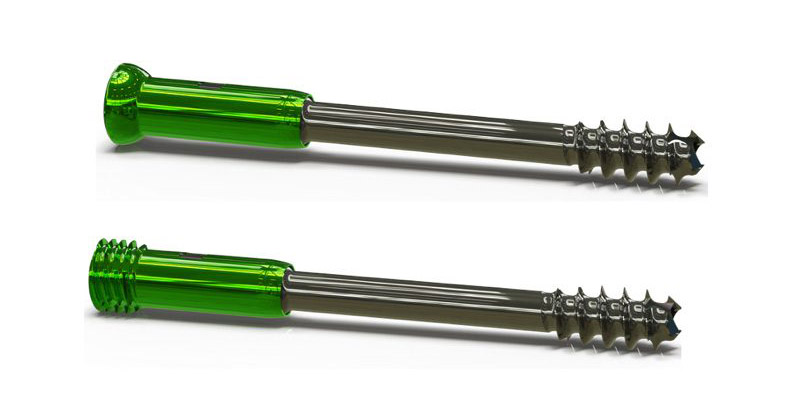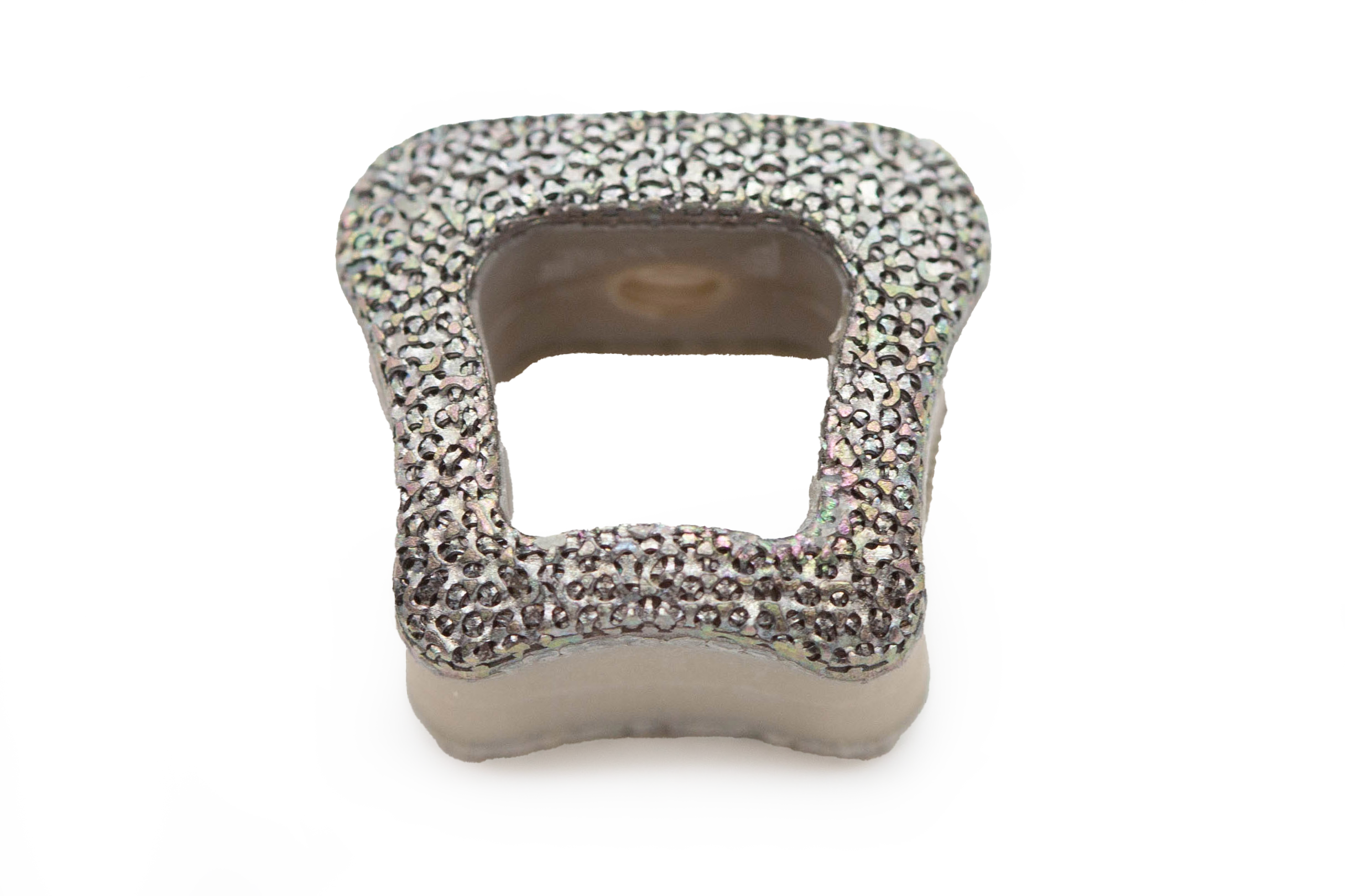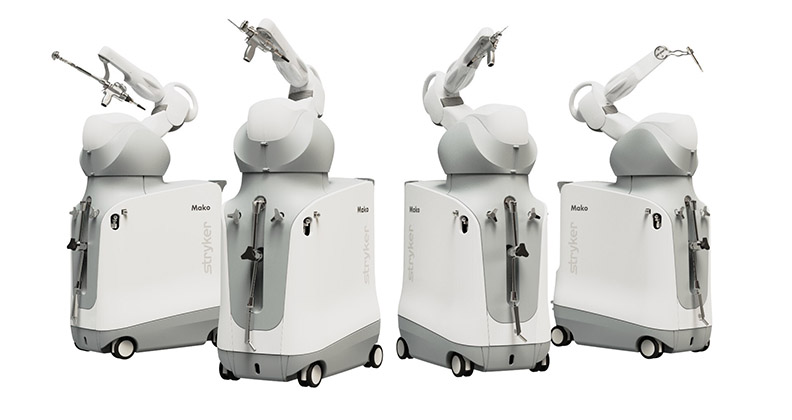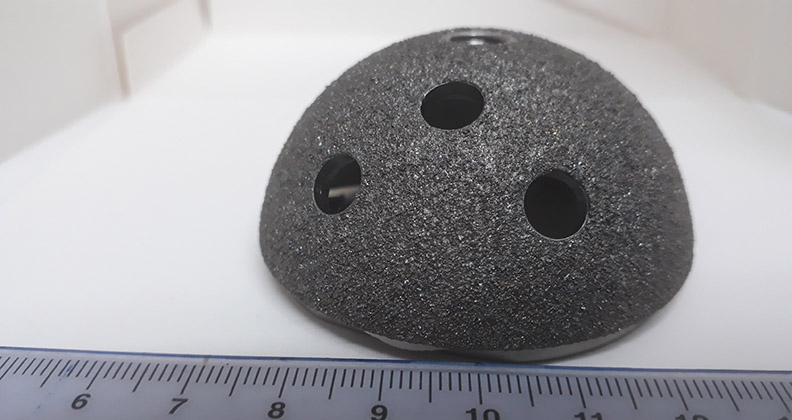
How many additively manufactured products have received FDA 510(k) clearance? It’s a question we receive quite often from industry professionals. An FDA analysis of cleared medical devices produced from additive manufacturing (AM) was recently published in Nature Reviews Bioengineering. The agency’s review offers the sought-after answer and shows exponential growth in the application of 3D printing in orthopedics.
Here are key takeaways from the analysis, which spanned 2010-2020:
- At least 357 devices received clearance.
- The number of cleared devices increased by 1,900% across the decade.
- Interbody spine cages outpaced the rest of the device categories by a wide margin, with nearly 150 cages receiving clearances between 2016 and 2022.
- Orthopedic devices built for applications in the knee, shoulder, hip and ankle received a consistent number of clearances during the second half of the decade.
- Powder bed fusion (PBF) — which includes laser beam, electron beam and multibeam platforms — was used to produce 78% of cleared devices. The analysis noted that PBF is expected to remain the AM technology of choice because of its high resolution, build volume and speed, and the widespread use of titanium alloy feedstock.
- Titanium-based materials accounted for 70% of the materials used to produce cleared devices through the second half of the decade, up from 43% in 2015. The analysis attributed this uptick to the increased use of PBF and the widespread application of titanium alloys in orthopedic devices. It also noted that advances in feedstocks for ceramics and resorbable polymers could reverse this trend in the coming years.
- Orthopedic devices accounted for 53% of cleared products in the first half of the decade and 70% over the decade’s second half, in part because of the dramatic increase in the production of spine cages from 2010 to 2015 (less than 6%) and 2016 to 2020 (46%).
- About a quarter of cleared devices were made for patient-specific applications.
Regulatory bodies and standards organizations are responding to the increased use of AM technology in the production of medical devices, noted the analysis. FDA now recognizes 18 AM consensus standards, has published technical guidance and a discussion paper, and hosted three public workshops. FDA’s guidance and standards have provided useful information about the regulatory and technical requirements of the 510(k) pathway as it relates to additively manufactured devices, according to the analysis.
The analysis noted that ASTM International, the International Organization for Standards and the American Society of Mechanical Engineers have developed recommendations to advance the use of AM in the production of medical products. The American Medical Association is also developing procedural terminology codes for the use of AM, an indication that the technology is on the radar of insurers for potential reimbursement.
Information about the types of AM devices that have received FDA 510(k) clearance will help orthopedic companies monitor how the manufacturing technology is used to produce regulated products, according to the authors of the analysis.
“With advancing technology and design capabilities,” they wrote, “it is expected that AM applications for medical device production will continue to grow.”
DC
Dan Cook is a Senior Editor at ORTHOWORLD. He develops content focused on important industry trends, top thought leaders and innovative technologies.




